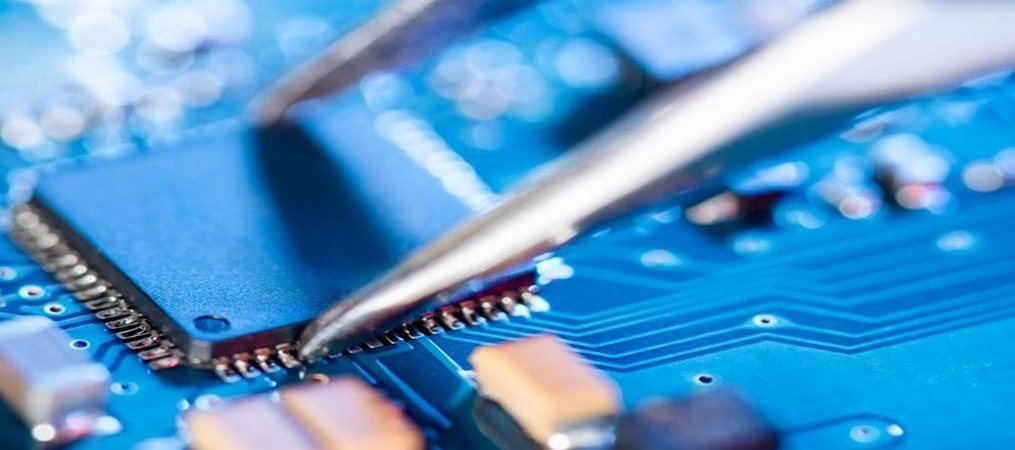
Artificial intelligent hardware: New opportunities for companies
Artificial intelligence opens up the best opportunities for companies that produce semiconductors in the last few decades. How can we make a match for the match?
The software has been a star of high technology in the last few decades, and it’s easy to understand why. With computers and mobile phones, innovations that change the game and define this era, architecture and software technology layers have made some important breakthroughs. In this environment, semiconductor companies were in a difficult position. Although their innovations in the design and production of chips enabled new generation devices, they only received a small amount of value coming from the technology package – around 20 to 30% with computers, and 10 to 20% with mobile devices.
But the semiconductor company’s story could be different with the growth of artificial intelligence (AI) – typically defined as the ability of a machine to perform cognitive functions related to human minds, such as perception, thinking, and learning. Many AI applications have already gotten a wide range, including virtual assistants who run our homes and programs to identify criminals. These versatile solutions, like other new AI applications, share one common feature: relying on hardware as a basic innovation factor, especially for logical and memory functions.
What will this development mean for the sale and revenue of a semiconductor? and which chips will be the most important for future innovations? In order to answer these questions, we reviewed current AI solutions and technology that allows them. We also examined the possibilities for semiconductor companies in the whole technology. Our analysis has revealed three important findings on the creation of values:
- AI could allow semiconductor companies to account for 40 to 50% of the total value of the technology package, which is the best opportunity they have had in the last few decades;
- Storage will experience the highest growth, but semiconductor companies will gain the highest values in computing, memory and networking;
- In order to avoid mistakes that limit the values in the past, semiconductor companies have to undertake a new value creation strategy that focuses on enabling tailor-made, end-to-end solutions for specific industries, or “micro tablets”.
AI technology will open many opportunities for semiconductor companies
AI has made significant progress since its inception in the 1950s, but some of the most significant events have recently happened when developers created sophisticated machine learning algorithms (MLs) that can process large data sets, learn from experience and improve over time. The biggest jumps came in 2010 due to Deep Learning (DL) progression, a ML type that can handle a wider range of data, requires less data pre-processing by human operators and often gives more accurate results.
AI will grow most in storage, but the best value creation options lie in other segments
Further analysis, insight into specific features for semiconductor players in the computing, memory, storage and networking. For each area, we have examined how hardware demand is evolving into both data centers and on the edge. We also quantified the growth expected in each category other than networking, where the opportunities for capturing AI values will be relatively small for semiconductor companies.
The revolution of AI and DL gives the semiconductor industry the greatest opportunity to generate value for decades. Hardware can be a differentiator that determines whether top-level applications come to the market and attract attention. As AI progresses, hardware requirements will move to computing, memory, storage and networking – and this will translate into different demand patterns. The best semiconductor companies will understand these trends and follow the innovations that help bring AI hardware to a new level. In addition to benefiting from their lower boundaries, they will also be the driving force behind the AI applications that transform our world.
Source: McKinsey